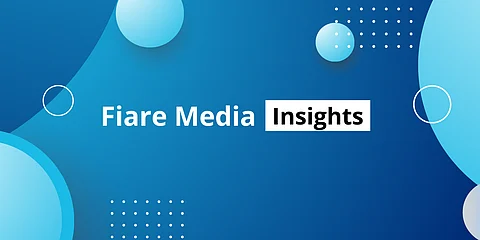Mastering the digital to print publishing workflow
Understanding the basics of digital and print publishing
Digital publishing and print publishing, while sharing the common goal of disseminating information, operate on fundamentally different paradigms. Digital publishing leverages the power of the internet to distribute content instantly and globally. It encompasses a variety of formats, including websites, e-books, and digital magazines. The immediacy and interactivity of digital media allow for real-time updates and reader engagement, making it a dynamic platform for content dissemination. This traditional form of publishing has a tactile quality that many readers still appreciate. Print media often requires meticulous planning and coordination, from layout design to printing and distribution. Despite the rise of digital media, print remains a vital part of the publishing ecosystem, offering a sense of permanence and credibility that digital formats sometimes lack. For media houses and newsrooms, understanding the nuances of both digital and print publishing is crucial. A well-rounded approach that integrates both mediums can enhance audience reach and engagement. By leveraging the strengths of each platform, publishers can create a comprehensive content strategy that caters to diverse reader preferences.
Software for efficient digital to print workflow
Efficiently managing the transition from digital to print publishing requires robust tools and software. Content Management Systems (CMS) like Quintype’s Bold CMS are indispensable in this regard. These platforms streamline the content creation, management, and distribution processes, ensuring a seamless workflow across digital and print mediums. Quintype’s Bold CMS offers a comprehensive suite of features designed to enhance digital publishing. Its intuitive interface and powerful analytics tools enable media professionals to create, manage, and optimise content with ease. At Fiare Media Tools, we provide support, training, and integration services for these platforms, helping media houses and newsrooms maximise their potential. Our expertise ensures that these tools are tailored to meet the specific needs of each organisation, enabling a smooth and efficient digital to print transition.
Common challenges in digital to print publishing and how to solve them
Transitioning from digital to print publishing presents several challenges, including maintaining content consistency, managing deadlines, and ensuring quality control. One common issue is the disparity in formatting requirements between digital and print media. Digital content often needs to be restructured to fit the layout and design specifications of print publications. To address this, media professionals can leverage layout automation tools like Roxen, which streamline the design process and ensure consistency across formats. Another challenge is coordinating the workflow between digital and print teams. Effective communication and collaboration are essential to meet deadlines and maintain content quality. Quality control is another critical aspect. Ensuring that content is error-free and meets editorial standards is paramount. Implementing a rigorous review and approval process, supported by CMS platforms like Quintype’s Bold CMS, can help maintain high standards. At Fiare Media Tools, we offer comprehensive support and training to help media houses navigate these challenges and achieve a seamless digital to print transition.
Best practices for a seamless digital to print transition
Achieving a seamless digital to print transition requires a strategic approach and adherence to best practices. One key practice is to maintain a unified content strategy that aligns digital and print efforts. This involves creating content that is adaptable to both formats, ensuring consistency in messaging and branding. Utilising advanced CMS platform can significantly enhance workflow efficiency. These tools offer features that streamline content creation, management, and distribution, enabling media professionals to focus on producing high-quality content. Regular training and updates on these platforms can further optimise their use, ensuring that teams are well-equipped to handle the demands of both digital and print publishing. Another best practice is to implement a robust review and approval process. This ensures that content meets editorial standards and is free of errors before publication. Leveraging the support and expertise of Fiare Media Tools can also be beneficial. Our tailored solutions and managed services help media houses and newsrooms navigate the complexities of digital to print publishing, ensuring a smooth and efficient transition.

